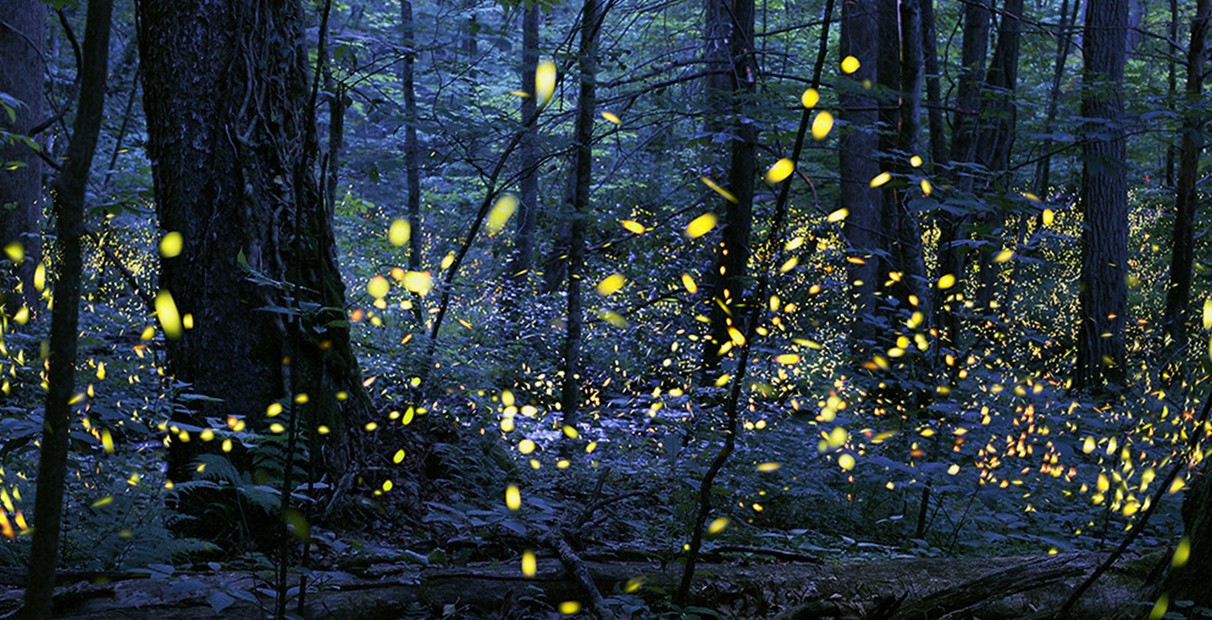Why in the News?
A recent study in Tamil Nadu documented multiple firefly species and highlighted their role as ecological indicators of habitat health.

About Fireflies and their behaviour traits:
- Identity: Bioluminescent beetles (not true flies) of the family Lampyridae.
- Life Cycle: Larvae live in soil/leaf litter feeding on snails and worms; adults emerge after rains and live briefly to reproduce.
- Indian Species: Abscondita chinensis, Luciola ovalis, Luciola nicolleri, Asymmetricata humeralis, Pyrocoelia analis.
- Distribution: Found in tropical and temperate regions; most visible on humid monsoon nights.
- Bioluminescence: Glow produced in abdominal light organ using luciferin, luciferase, oxygen, and ATP.
- Light Nature: Cold and efficient, colours vary between green and yellow depending on species.
- Courtship Function: Flashing used as mating signal; males emit species-specific codes, females respond if correct.
Ecological Role and Conservation Significance:
- Sensitivity: Strongly affected by pesticides, habitat loss, artificial lights, and polluted water.
- Habitat Health Indicator: Large synchronised gatherings reflect intact ecosystems; sparse numbers signal disturbance.
- Light Pollution Impact: Artificial lighting disrupts flashing, forcing males to waste energy and reducing mating success.
- Local Evidences: Communities like the Malasar and Irula report declines linked to pesticides and polluted streams.
- Indicator Role: Act as proxy species for nocturnal biodiversity, signalling risks to moths, bats, and amphibians.
| [UPSC 2024] Which one of the following shows a unique relationship with an insect that has coevolved with it and that is the only insect that can pollinate this tree?
Options: (a) Fig* (b) Mahua (c) Sandalwood (d) Silk cotton |
Get an IAS/IPS ranker as your 1: 1 personal mentor for UPSC 2024

